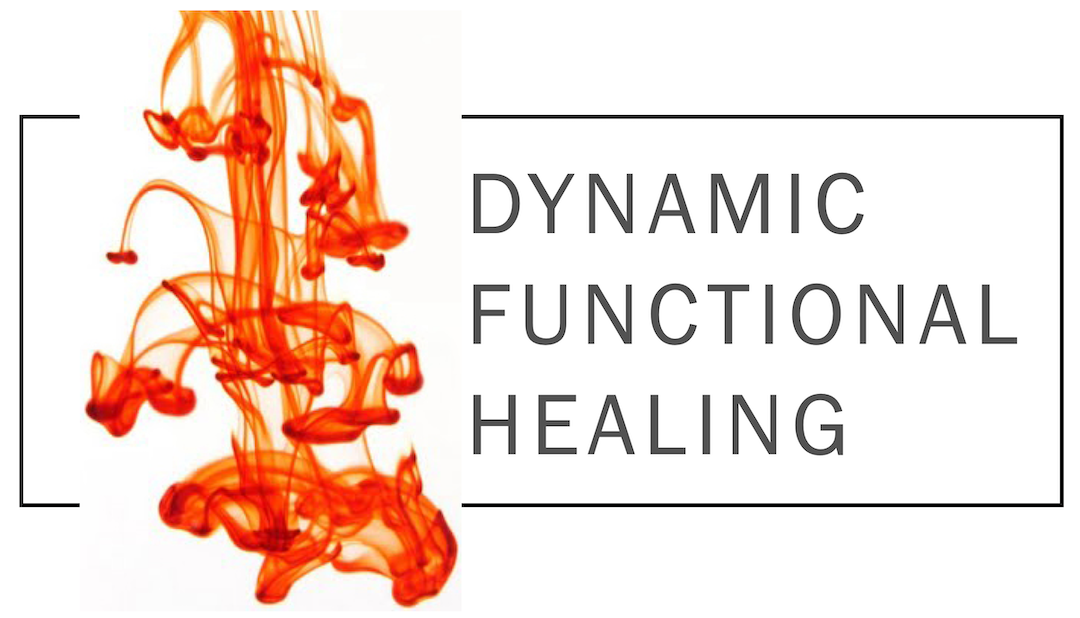To make an appointment with Melissa Cathcart, L.Ac., MS-HNFM call 612.735.9993
Frequently Asked Questions
What is the difference between manual therapies and massage?
Massage targets the muscles for relaxation. Bodywork works with muscles, but also targets connective tissues (fascia), organs, and bones for structural and functional change through various techniques or “modalities” (systems of techniques). The focus is more about transforming tissues, training muscle firing patterns, and encouraging change in the body rather than eliciting relaxation. Bodywork can sometimes be intense. I often have patients move into different positions on the table during a session and have them perform different movements as part of a therapy.
Are manual therapies important to preventative health care?
Oh, yes! Manual therapies can have varying effects depending on which ones are used, but they always promote optimal tissue health. Maintaining healthy tissues keeps you in balance. Benefits include increasing circulation of blood flow and lymph flow, reducing edema, lessening tension and promoting proper alignment. Only when tissues are in their proper places--no tendons, tubules or nerves being pinched or twisted--can they function optimally. Manual therapies can prevent congestion and adhesions and treat what has already formed but is not yet showing symptoms.
What will a session be like?
You likely will be asked to move into various positions during your treatment session and to perform movements or engage muscles in order for me to assess or treat your condition. You will likely be asked to disrobe down to your underwear. I generally start the treatment in the area of your greatest concern and then follow the tissues, depending on what I find. Usually I’m following lines of tension, occasionally I find areas that are slack. So, while I am attentive to your main complaint, I also address the way the rest of your body has adapted to your misalignment or dysfunction. This is why you may come in complaining about your stomach and I may spend significant time on your shoulder.
I use many multiple therapies within a treatment session. A patient may experience Chi Nei Tsang abdominal massage, visceral manipulation, craniosacral therapy, myofascial release, and acupuncture in a single session. Your next session could be a very different combination of modalities or techniques, depending on how your body is presenting.
Make sure you have eaten before coming in but not within an hour or so before your appointment as I will likely be pressing on your belly.
You can refuse any particular therapies during the session. I am able to treat people without using acupuncture needles.
What should I wear?
It doesn’t matter what you wear because I will ask you to disrobe down to your underwear. In other words, make sure you either wear underwear or bring them. Modesty is maintained as much as possible.
What should I do after a treatment?
While much of the work of the treatment is done on the table, some of the transformative process will continue in the week afterward. Drink lots of water and take a long walk after your treatment. Hydration is important for general health and walking will help integrate the work done in the treatment. As your body moves in concert, all of the parts have to learn new ways of being together. Walk for at least ½ hour every day.
Perform the exercises I give you regularly and take your herbs or supplements as prescribed. If you have questions or concerns, contact me.
Should I forego other treatments, like chiropractic or massage?
Absolutely not! Any and all bodywork, massage or other treatment options will only enhance the integration of the bodywork we do. Sometimes you may want to make sure you wait a day or two so as not to overwhelm the tissues, but you need not forego other treatments. Sometimes I have patients who think they should only do one type of treatment at a time “otherwise I won’t know which one worked”. But do you really need to know? If the desired outcome is to get results, then it’s likely that you’ll need to use more than one approach to get them—or even many approaches. Our bodies are complex and are subject to many forces and dynamics every day. It’s unlikely that any one approach will provide the results that you desire.
I encourage you to continue any exercise programs, chiropractic, physical therapy, massage, etc that you have used in the past. I frequently work with patients who concurrently see a chiropractor, physical therapist, or western medical physician.
What sort of results should I expect?
This is not a quick fix. Transformation is a process and happens over time. However, you should notice some change in your main symptom(s) with each treatment. I consider bodywork, and all therapies that involve the body, as a process of re-education. Your body learned a way of being (an adaptation) in response to your environment. Over time it became an established pattern. Now your body needs to learn a new way of being. Education happens in steps, over time. We nudge your body toward that ideal but it will want to return to what is familiar. It takes repeated nudging toward that ideal in order to establish real change. And, of course, the longer you've had a condition, the longer it will take to re-establish normal. For someone with a hurt shoulder or sciatic pain, a few treatments might be enough; for a woman with menopausal symptoms, we will be working together over the course of 9 months to a year.
